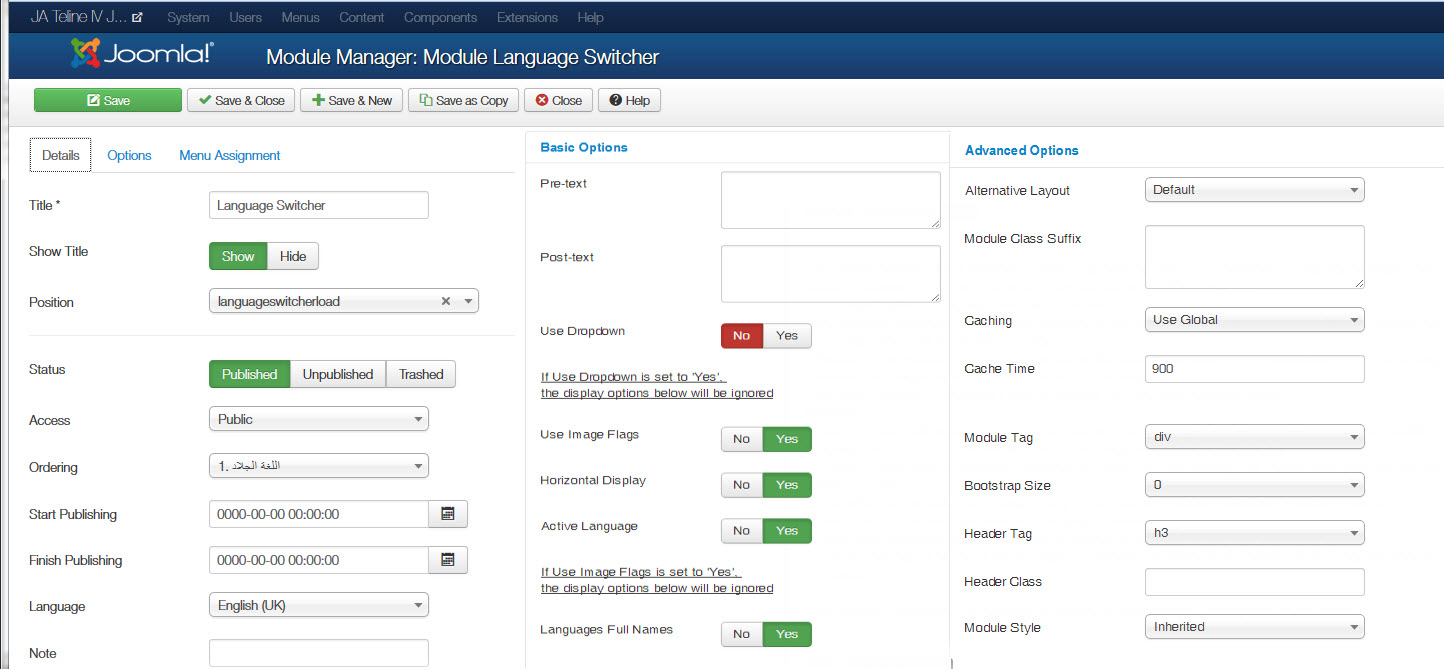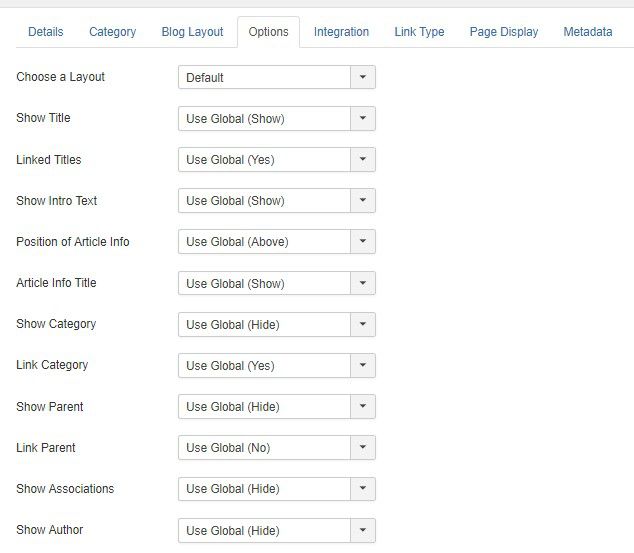

Certainly, for example, I would use Get-Process to retrieve process information on my local computer-unless there was something that WMI would do differently or provide an alternate capability.Īt times, I will clarify a person’s question, intention, and goals. For example, it may be that the best way to accomplish a specific task is to not use WMI, but to use “native Windows PowerShell” functionality.
MENU IN NAVHELPER HOW TO
What do I mean? Well, I recently received a question from a person who wanted to know how to “use WMI to do xyz…” Some questions are simply confusing, and other questions can be misleading, or even wrong. Microsoft Scripting Guy, Ed Wilson, is here. If you like this follow on twitter.Summary : Ed Wilson, Microsoft Scripting Guy, provides a table of basic Windows PowerShell commands.
MENU IN NAVHELPER DOWNLOAD
MENU IN NAVHELPER INSTALL
(fumbled 2.x deploys, bumping major incase someone happened to install 2.x)

3.1.0 now ignores rel="external" closes #3.Technically same origin, but will be ignored because ofĪn external link it will not try to handle this Your app Some internal link will be handled Īn internal link that should open in new window But I like Preact and redux-bundler so here's an example for that setup: import ) => ( This works with any framework it's just inspecting DOM events. Because there's very little magic, it promotes understanding of how these things actually work.It's not tied to any framework, as long as you have some sort of function to call for setting a pathname you're good.It won't mess with normal browser behavior, so it will never consider a CTRL+click, right-click, or clicking a tag with a target="_blank" to be an internal navigation event.If for some reason your JS fails, it will navigate as usual because you're using real links in your app.It's puny at only ~250 bytes (before gzip)!.Like when you hover them it shows the actual URL, etc. This means, that everything that browsers do with a links, still works. Instead of using some abstraction, you can just use plain old, tags anywhere in your app.If it finds one with an origin that matches and that doesn't have a target='_blank' or a target='_external' on it, then it's considered an internal navigation and calls the function you supplied with the new pathname.

It looks for an tag first on the target element itself, then starts walking up the element tree looking to see if the target was wrapped in an tag.

If the event qualifies as a basic click, then it examines the event.target. First it makes sure this was a left click (button 0) and that no modifier keys were being pressed (shift, ctrl, etc). It works by examining the event and event target. If it is internal it calls the function you supplied it. Since events bubble you add a single click handler at the root of your app and then use this little utility to determine if it should be considered an internal navigation event. Helper function for handling internal navigation in Single Page Apps (SPAs) in ~250 bytes before gzip.


 0 kommentar(er)
0 kommentar(er)
